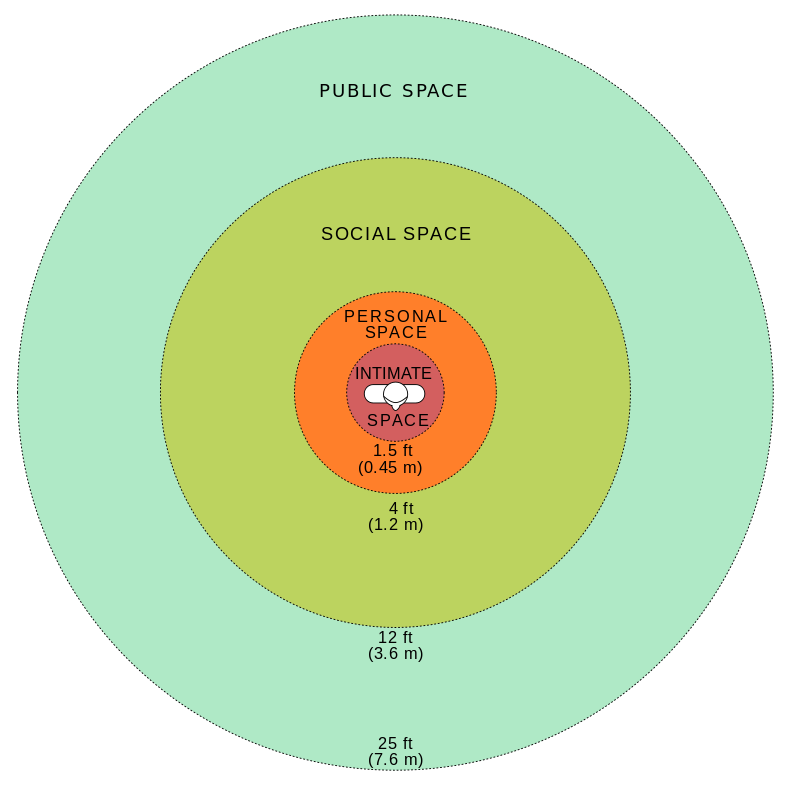Space the Final Frontier
The Big Question................
What is it about a space that makes us in essence feel at home?
What are the thoughts and feel generate by spaces?
How can we change a space to meet our needs?
What are the thoughts and feel generate by spaces?
How can we change a space to meet our needs?
Atmosphere of Spaces
In architecture and spatial design, atmosphere refers to the sensorial qualities that a space emits. Atmosphere is an immediate form of physical perception, and is recognised through emotional sensibility. Architects and designers use the notion of atmosphere to argue that architecture and space is designed and built for people to use and experience.
https://en.wikipedia.org/wiki/Atmosphere_%28architecture_and_spatial_design%29
https://en.wikipedia.org/wiki/Atmosphere_%28architecture_and_spatial_design%29
Internal Spaces
Floors, wall and ceilings do more than mark of a simple quality of space.
their form, configuration and pattern of window and door openings imbue the defined space with certain special qualities.
Form – Colour – Texture – Pattern – Sounds –proportion – scale – definition- Degree of enclosure – view or outlook - light
their form, configuration and pattern of window and door openings imbue the defined space with certain special qualities.
Form – Colour – Texture – Pattern – Sounds –proportion – scale – definition- Degree of enclosure – view or outlook - light
Proxemics
|
Proxemics is the study of the spatial requirements of humans and the effects of population density on behavior, communication, and social interaction.
|


